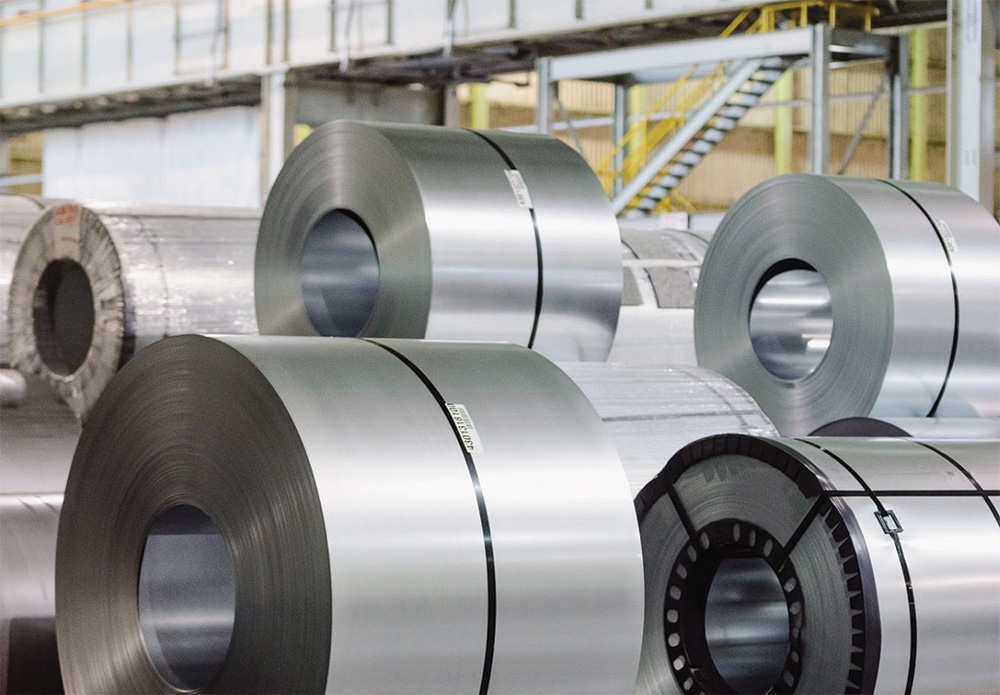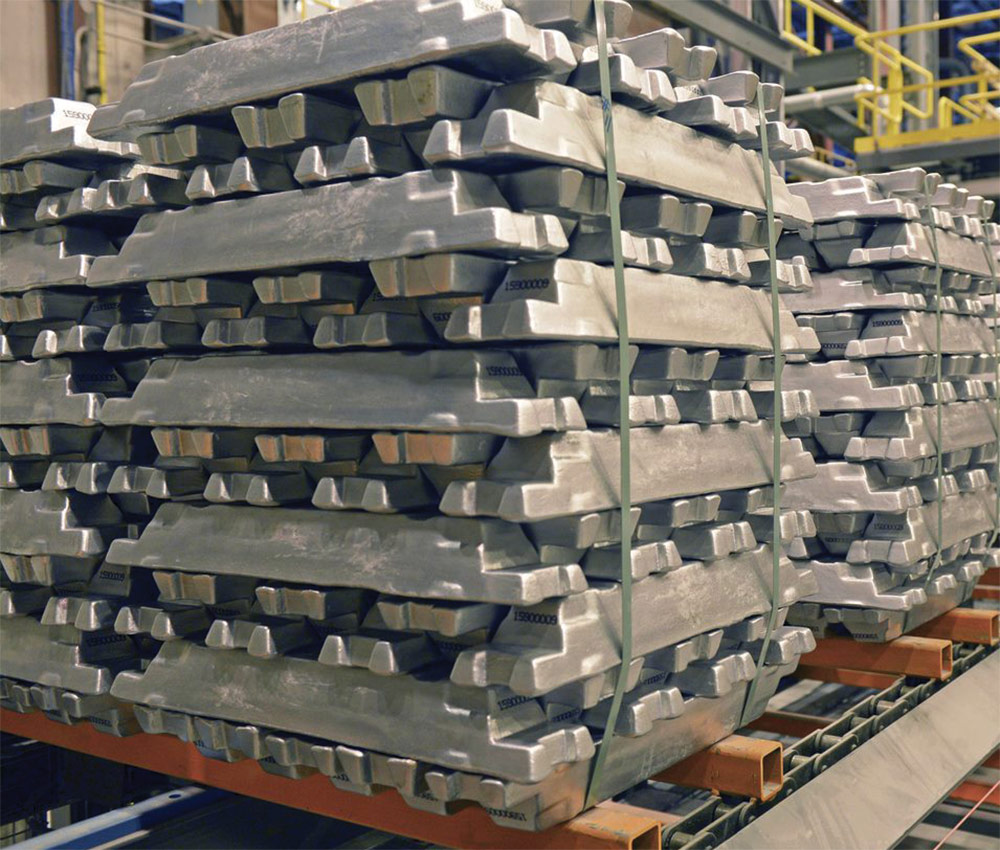tradetalk

Calvert complex to get new EAF
Nippon Steel Corp. and ArcelorMittal S.A. have agreed to build an electric arc furnace at AM/NS Calvert, LLC, their 50/50 joint venture. The 1.5-million metric ton EAF is scheduled to start operating in the first half of 2023. Calvert now produces steel sheet products by processing slabs procured from domestic and foreign suppliers. With the new melt shop, Calvert will be able to manufacture some of its slabs on site. The goal is to strengthen its competitiveness through integration, such as shortening lead time in slab procurement.
ATI will exit standard stainless products, idle production lines
Allegheny Technologies Inc., Pittsburgh, is exiting standard stainless sheet products, streamlining its production footprint and investing in enhanced capabilities to accelerate the execution of its high-value strategy, primarily in aerospace and defense. “By shedding a low-margin product line and optimizing our footprint, we are redeploying resources to an aerospace and defense-centered portfolio,” said Robert S. Wetherbee, ATI president and CEO. ATI will stop producing standard stainless sheet products by mid-year 2021, and will cease production activities at five locations by year-end 2021. It will also consolidate its finishing operations by investing in its Vandergrift, Pennsylvania, location, creating a more competitive flow path focused on increasing production of high-value, differentiated materials.
Rio Tinto creates new alloys

Rio Tinto creates new alloys
Rio Tinto, London, has created a new family of aluminum alloys designed to allow North American die casters to increase their use of recycled content in the production of automotive parts, delivering improvements on both environmental footprint and production costs. Rio Tinto’s new alloy series was developed for high-pressure vacuum die casters to mix with their own scrap and recycled and cleaned crushed wheels. As an alternative to buying lower grade secondary remelt ingots, the final blend will cost less, have a lower carbon footprint and meet stringent industry standards, the company states.
